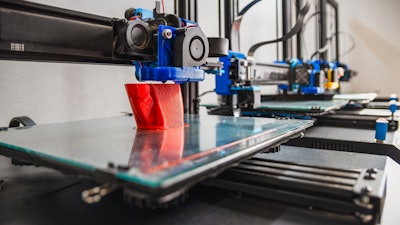
BEER-SHEVA, Israel – Researchers at Ben-Gurion University of the Negev's Physical AI (PAI) Lab, led by Dr. Aslan Miriyev, have developed groundbreaking multifunctional material-sensors that emulate the complex capabilities of natural systems, advancing the field of Physical AI.
Unlike digital AI, which focuses on computation and data processes, Physical AI (PAI) combines physical structures with computational intelligence to create lifelike, autonomous soft robots capable of dynamic interactions with their environment.
Multifunctionality is a core feature of PAI, akin to the multifaceted roles of various natural organs and components. Traditional approaches to creating synthetic multifunctional devices have often resulted in incomplete sets of characteristics, making true bio-analogous performance elusive.
The development of materials that can respond to different stimuli, their precise additive manufacturing, and the ability to process signals through different internal mechanisms are crucial for achieving this goal.
Dr. Miriyev’s team has achieved a significant breakthrough by developing 3D-printable high mixed-ionic-electronic conductivity composite materials (ISMCs) that exhibit bio-analogous multifunctionality. ISMCs can transfer charges through both ions and electrons, allowing them to process diverse signals concurrently.
Made from high-conductivity ionogels and single-walled carbon nanotubes, these materials are precisely 3D-printable into complex shapes, making them ideal for creating versatile, soft multifunctional devices.
The researchers plan to refine these sensors further, exploring additional functionalities and improving their performance for a broader range of applications.
Future developments include creating 3D-printable artificial skins and adding actuation capabilities to develop bodily intelligent soft systems for soft robotics, haptics, healthcare, and beyond. They also aim to integrate learning-based methods to control these sensory-motor systems, moving towards soft-robotic autonomy.






















